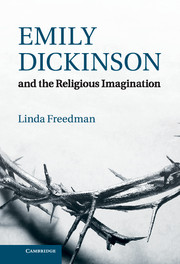Chapter 6 - Resurrection
Published online by Cambridge University Press: 07 September 2011
Summary
As we saw in the previous chapter, Christ’s death is often viewed as the corollary of his love, and in Paul’s account of resurrection we see life subsist on this death, ‘But now is Christ risen from the dead and become the firstfruits of them that slept’, and dissolve back into life at the cost of life, ‘And that he was buried and that he rose again the third day’. For Paul, Christ’s resurrected body is not the same as the one that dies on the cross. He talks of the resurrection of both Christ and man in terms of an incorruptible body: ‘all flesh is not one flesh … there are also celestial bodies and bodies terrestrial … So also is the resurrection of the dead. It is sown in corruption and raised in incorruption.’ Paul insists on an ‘incorruptible body’ as the sign of spiritual resurrection for a number of reasons, the most obvious being his desire to construct the church as a body of Christ. Another that is particularly relevant here is the importance of the body as a point of continuity between the old and the new. Paul prefaces his doctrine with an account of how the resurrected Christ was witnessed in his human form, not only by him, but by many other people. It is Christ’s corporeal presence that assures Paul of his resurrection because a body can be witnessed; it is able to be known and recognised.
The philosophical and aesthetic implications of this doctrine are important to understanding the kind of artistic inspiration resurrection provided for Dickinson. She found a vocabulary with which to question the bodies in which her own poems came. She asks how and if poems can be finished as she thinks about the forms in which they might be renewed or said to live again. Resurrection also brings us back to the relationship between incarnation and poetic representation because of the central role of the body. But it provides a new point of departure for this discussion because the body it brings into play is ‘incorruptible’. The very notion of an ‘incorruptible body’ seems oxymoronic; a body that cannot decay or die challenges the essential concept of corporeality.
- Type
- Chapter
- Information
- Emily Dickinson and the Religious Imagination , pp. 158 - 185Publisher: Cambridge University PressPrint publication year: 2011



